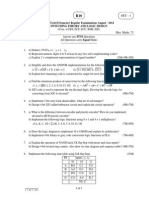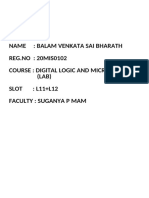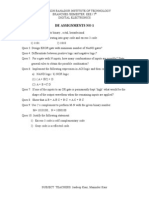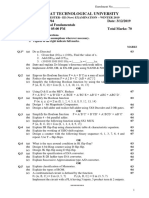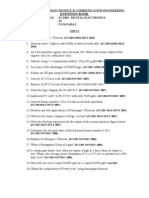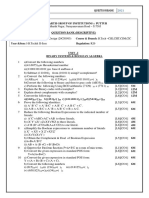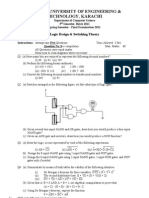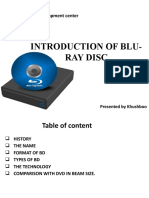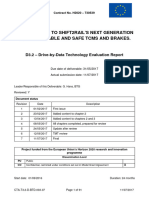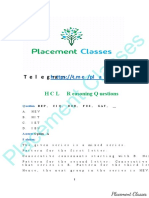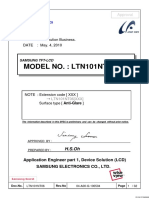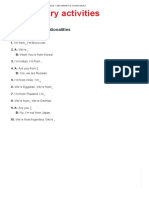0% found this document useful (0 votes)
61 views6 pagesDigital Systems CS 304 Assignments
The document outlines a series of assignments for a B.Tech course in Digital Systems at Prestige Institute of Management and Research, Bhopal. It includes various tasks related to number conversions, Boolean expressions, truth tables, logic gates, flip-flops, multiplexers, and memory types. Each assignment is structured with specific questions aimed at enhancing students' understanding of digital systems concepts.
Uploaded by
vibenif323Copyright
© © All Rights Reserved
We take content rights seriously. If you suspect this is your content, claim it here.
Available Formats
Download as PDF, TXT or read online on Scribd
0% found this document useful (0 votes)
61 views6 pagesDigital Systems CS 304 Assignments
The document outlines a series of assignments for a B.Tech course in Digital Systems at Prestige Institute of Management and Research, Bhopal. It includes various tasks related to number conversions, Boolean expressions, truth tables, logic gates, flip-flops, multiplexers, and memory types. Each assignment is structured with specific questions aimed at enhancing students' understanding of digital systems concepts.
Uploaded by
vibenif323Copyright
© © All Rights Reserved
We take content rights seriously. If you suspect this is your content, claim it here.
Available Formats
Download as PDF, TXT or read online on Scribd
/ 6





